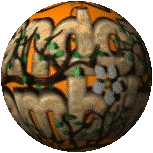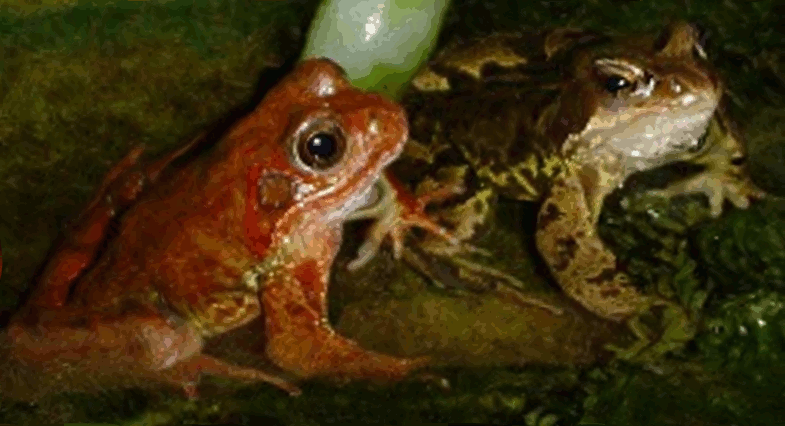The flowering perfusion of the precision pressed, small star flowers of Ramsons should take its place in the flower gardens of the world. Ramsons is a beautiful wild lily that will grow just about anywhere – in sun, shade, muddy mulch, crunchy clay … It has small, thin bulbs which are easily uprooted – just a little tug will provide a wonderful, healthy plant. It produces small ball bearing sized black seeds which can be randomly scattered on top of the soil to give a crisp green and white display. This lovely lily’s main appeal is its use in cookery. The white star shaped flowers may be lightly scattered on top of a dish for garnish or in a salad (they have a soft slight onion flavour). The flower stems may be thinly chopped or sliced and added to soups, stir fries, salads for a very mild garlic flavour. The leaves, the young leaves are preferred – have a stronger garlic flavour and may be added to any dish to liven it up or add a subtle twist to the flavour.
The above picture shows Ramsons: in the foreground are very young plants, followed by some just beginning to flower and at the back are plants in full bloom.
Ramsons which is affectionately called Wild Garlic and in some areas Stinking Lily
Medicinal uses: Ramsons has long been used for loss of appetite and digestive disorders (use leaves only finely chopped for these conditions). Over the centuries it has allegedly been used for the treatment of asthma, high blood pressure, rheumatism and digestive problems.
WARNING: Ramsons should never be planted in a garden that has Lily of the Valley … the Lily of the Valley leaf is almost identical to the Ramsons Leaf but Lily of the Valley is a poisonous plant. As Ramsons, Wild Garlic is used for eating then it is commonsense never to plant the two species in the same garden.

















































1 comment:
What a pretty plant, and useful too. Sounds a lot like garlic chives, but is certainly more attractive with it's lovely star flowers. I had never heard of them before.
Post a Comment